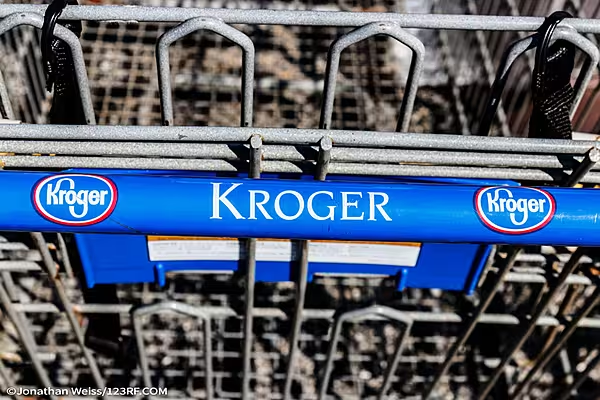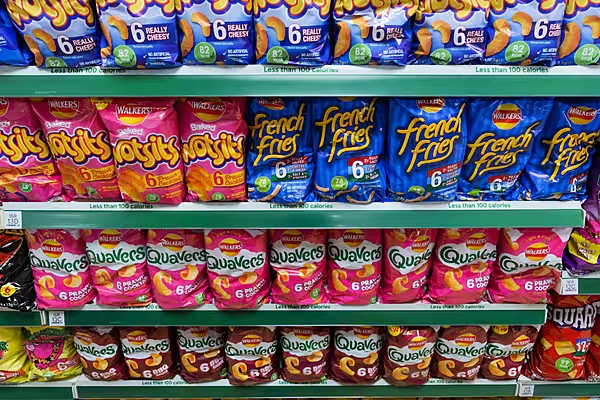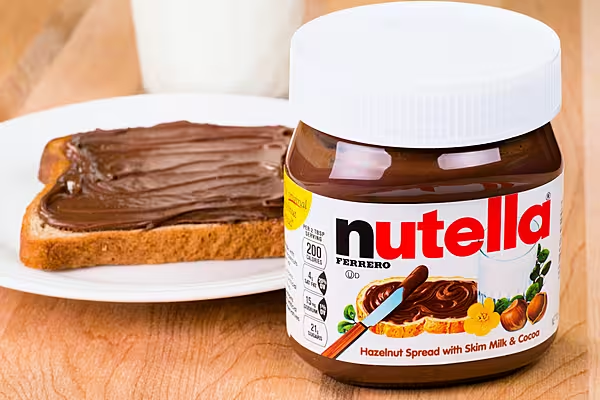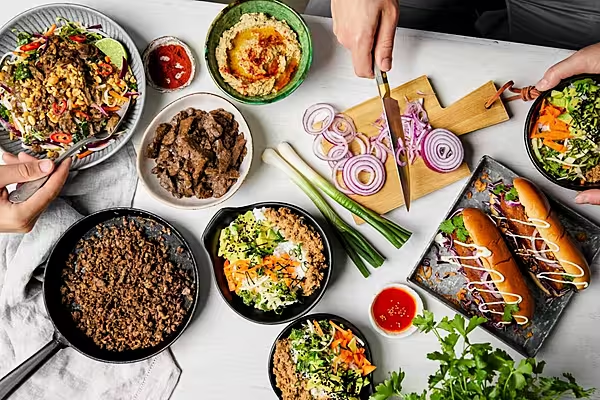ESM’s Stephen Wynne-Jones chats to Celso Borges Shimabukuro, vice-president and head of e-commerce, Europe, PepsiCo, about how brands and retailers are working collaboratively to better understand the shopper.
Retailers and brands have had a somewhat fractious relationship over the years, but the emergence of the ‘omnichannel’ consumer – who dictates the terms as to why s/he purchases one product over another – is leading to greater collaboration, particularly from the major players in the industry.
At the recent Shoptalk Europe exhibition in Barcelona, Celso Borges Shimabukuro – vice-president and head of e-commerce, Europe, at PepsiCo – took part in a discussion panel on the topic of building successful FMCG-retailer relationships, alongside representatives from Amazon and Portugal's Sonae MC.
As Shimabukuro explained, retailers and CPG suppliers – while historically operating on opposite sides of the fence – are increasingly coming together to create added-value propositions for shoppers, particularly in the digital space.
Direct Access
“When we look at consumers now, and the more digital the relationship gets, the more we get direct access to the consumer,” Shimabukuro tells ESM. “Whereas before, we relied on our retail partners to connect with consumers. This relationship is somewhat new, but it’s also a cultural challenge because we are set up and are used to doing things in a somewhat transactional manner.”
As the lines start to blur, retailers and consumer goods firms are increasingly sharing information on the customer journey. After all, the shopper doesn’t care whether s/he is buying a product from a store, online, through social media, or via a D2C channel – s/he still expects the same degree of service and quality.
“We need to partner with retailers to try to make the online-offline experience consistent because that’s what the consumer expects,” says Shimabukuro, who held strategy roles with Johnson & Johnson, Accenture and Samsung before joining the snacking giant. “You might search for products online, then you go to the store – or, sometimes you’re even searching for the product online while you’re in the store. All these things should become more and more seamlessly connected.
“We can partner with retailers on that because we know the category in depth – the retailer cannot know all the categories in the same way that the industry captains can.”
One area in which retail and CPG are forging closer relationships is in the emergent retail media space – opening up digital avenues that were previously untapped by brands, and enabling retailers to develop tailored customer engagement.
According to Shimabukuro, retail media presents a “big opportunity” for retailers and brands to move on from a purely transactional relationship and develop “more openness and more collaboration”.
Direct To Consumer
Direct to consumer, or D2C, represents another nascent market opportunity for brands, and while PepsiCo’s hand may have been forced, to some degree, by COVID-19 – it unveiled D2C platforms Snacks.com and Pantryshop.com during the pandemic, developing the former in just 30 days – it now sees the opportunity to develop long-term growth from these platforms.
“I think you have to have clarity of your objectives,” says Shimabukuro. “In our case, our major objective is learning. It’s developing capabilities and learning from the consumer, so it’s about setting up an online store and going through the ropes of, how can I sell direct to consumer? How can I invoice consumers?, and things like that.
“It’s about establishing the infrastructure to gather and collect and digest the data. We also didn’t have that for first-party data when we were starting, so we are learning a lot, but I still frame it as an experiment, in a sense.”
Shimabukuro also points to Unwasted, a platform that PepsiCo has set up in the Netherlands, as an evolution of the traditional D2C format by adopting more of a sustainability play.
Test And Learn
PepsiCo is also increasingly using online to augment the brand experience, with interactive platforms that better engage fans of particular brands, offering them bespoke experiences or products.
“The United States is really leading the learning curve in this case,” says Shimabukuro. “Gatorade is one example of a brand with a strong engagement platform – it’s helping build a differentiated experience for the diehard fans.
“In Europe, we’re still starting on this journey, and we have a few ideas that I can’t really disclose yet. There are going to be assets that are for learning, for engagement, brand-building, and CRM, even.”
Such thinking requires something of a cultural shift within long-standing businesses such as PepsiCo, which are built around traditional purchasing behaviours, rather than adopting a start-up mentality.
“I think this is going to happen to all CPGs – they face similar discussions,” says Shimabukuro. “The digital world or environment is very demanding. It demands this test-and-learn mindset that is not ingrained in the traditional CPG company, and that really implies playing with things to see what you can learn from them, and to see if they’re going to ramp up or flop.
“That’s a cultural shift that PepsiCo is pursuing, to be honest. We’re trying to provide space for some experimentation right for innovation.”
Read More: PepsiCo Launches New Customer Sustainability Platform
Open-Ended Collaboration
Thinking beyond the traditional store-based sales model opens additional opportunities for brands to capitalise on consumption moments. PepsiCo recently unveiled a project alongside quick-commerce provider Getir, tailored around ‘big match’ occasions, whereby sports fans were prompted to stock up on their favourite treats before and during a particular game.
“The value proposition of Getir and the quick-commerce players is very appealing to consumers,” says Shimabukuro. “We are living in the age of instant gratification, right? Swipe your smartphone, and you can get pretty much anything. This resonates with younger cohorts, and with our portfolio of impulsive categories, snacks and beverages, that presents a strong value proposition.
“So, we started thinking about what type of occasions we could create or tap into and snackify them. A good example is the match day type of activation, so right before the match we send a prompt, or in the half-time break you can get your snacks for the second half. We created a bunch of 20-30 occasions, and we started testing and learning with Getir in multiple markets.
“Of course, a few occasions are yielding better results than others, but it’s an example of collaborating to solve a consumer problem and add value.”
Think of it as a modern evolution of a long-established marketing device – ahead of, say, the football World Cup or other major events in which people are likely to gather, supermarket aisles are filled with shelf-talkers, and gondola ends are encouraging shoppers to ‘stock up’ in advance. This is similar, albeit with the added benefit of rapid delivery.
“When we started tapping into quick commerce, our stakeholders were wondering how incremental it is,” says Shimabukuro, “and, to your point, these occasions were already there, but there wasn’t a fulfilment method yet, so a lot of them got lost in the mind space. I think the quick-commerce proposition enables the fulfilment of these mind space occasions.”
Economic Climate
Of course, such advancements are harder to justify in an economic downturn, and the cost challenges facing both businesses and consumers at present have led many brands to park their more ambitious roll-outs in favour of maintaining accessible price points.
For Shimabukuro, who previously headed up revenue management in the Latin American region for PepsiCo, tackling such economic uncertainty is nothing new – “Cost of living, inflation, currency devaluation – this is our day-to-day in LATAM!” – adding that the business is well positioned to take advantage of opportunities when they re-emerge.
“Of course, we are required to focus more on profitability than before,” he says. “Previously, it was more about growth, and I had more space for experimentation. Now it’s more about returns and profitability, so that’s the basic shift, but the strategy remains. We still believe e-commerce is going to grow and become more and more important for us. That said, the pace of that growth is probably going to be a little different.”
Read More: PepsiCo, UEFA Partner On Sustainability At UEFA Champions League Finals
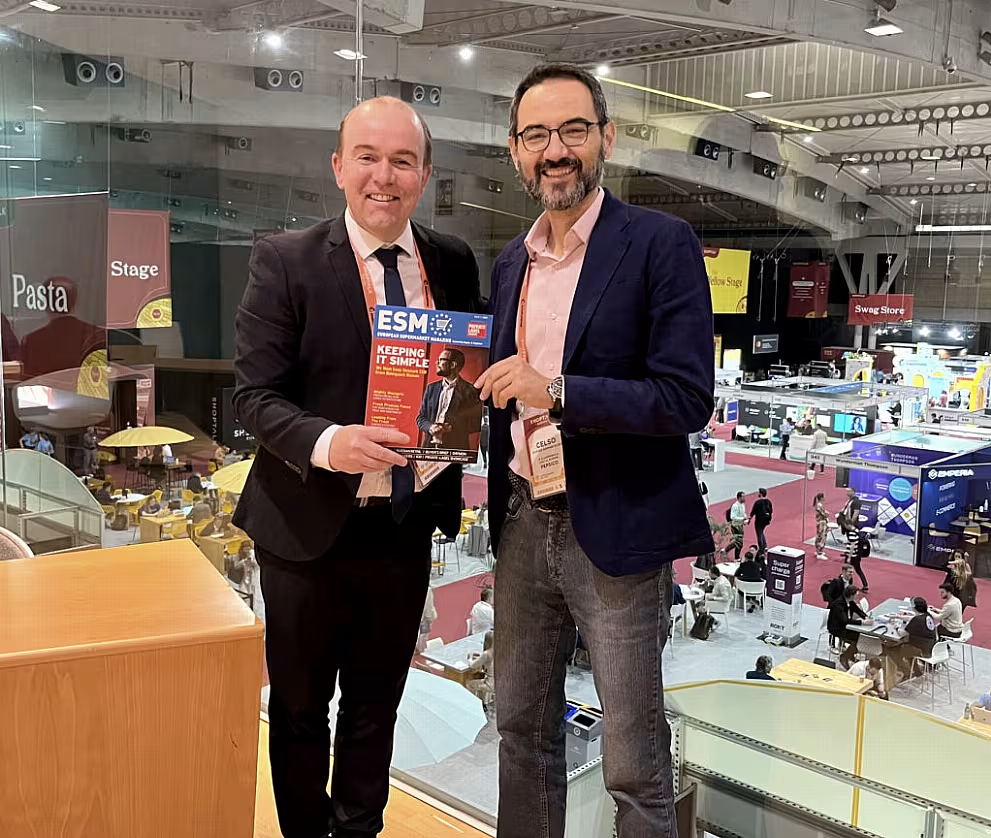
ESM editor Stephen Wynne-Jones with Celso Borges Shimabukuro, PepsiCo’s vice-president and head of e-commerce, Europe
© 2023 European Supermarket Magazine – your source for the latest A-brand news. Article by Stephen Wynne-Jones. Click subscribe to sign up to ESM: European Supermarket Magazine.


